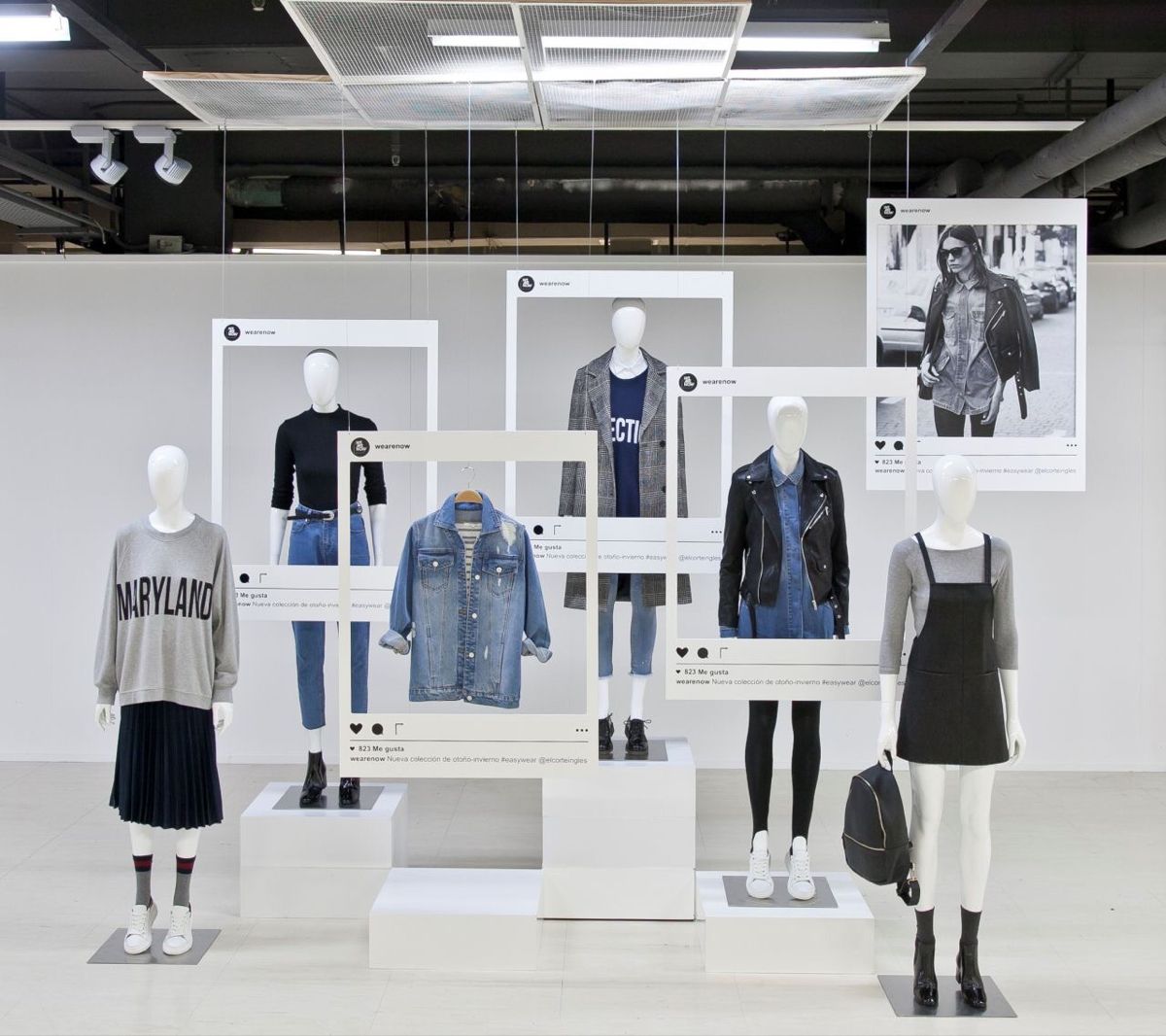Your products continue to generate value long after their first sale

Luxury brands monitor their margins with precision.
They model sell-through rates, track stock sell-off speed, adjust prices with weekly markdowns. Yet one essential metric still escapes their radar: the economic performance of a product after its first sale.
This is where a new frontier for growth begins.
Let’s take an example.
A Hermès Kelly 28 bag purchased in 2015 now resells for between €8,000 and €9,500 depending on its condition. This added value isn’t the result of a media campaign or a scarcity strategy. It’s simply a product that fulfilled its promise: quality, desirability, timelessness. It continues to generate value long after the original purchase, without the brand ever tracking its journey.
Meanwhile, other houses bet on overhyped launches.
They stop production a year later and call that growth. But the real question lies elsewhere. What is a product truly worth? One that captures a single margin before ending up on clearance? Or one that changes hands, retains 80% of its value, remains visible on the market a decade later, and continues to carry the brand’s image?
True luxury is prolonged, continuous, almost silent profitability.
Second-hand already provides access to very tangible indicators.
The average resale delay, retention rates by model, demand spikes after certain announcements, the liquidity of sizes or colors. Platforms have this data. They analyze it, exploit it.
But most brands simply don’t look. They neither track resale nor consider the cultural lifespan of a product across multiple owners. The result: they forfeit margins, lose sight of their image on the secondary market, and overlook the dormant value of their own stock.
This dynamic is also evolving within a new regulatory framework.
With rising European requirements, traceability is taking center stage. The digital product passport is emerging as a key tool to track, valorize, and document each product lifecycle.
A product’s performance is no longer limited to its launch.
It now unfolds along a complete trajectory. It requires thinking in terms of usage, exposure, resale, new buyers, and potential reintegration.
A bag resold in 2025 isn’t part of the past. It’s an active product within the brand ecosystem, generating attention, social proof, and value.
Rethinking second-hand doesn’t mean isolating it as a secondary channel.
It means recognizing that it amplifies awareness, profitability, and loyalty—provided you reclaim ownership of it and embed it fully within your financial and marketing models.
At Faume, we support brands on this path.
We build profitable take-back programs, automate traceability, and showcase long product cycles in reporting.
Because sometimes, the highest-performing product in a collection isn’t the next launch.
It’s the one that has been out there since 2015—in real life and in consumers’ minds.
No need to chase a new icon.
Perhaps it’s time to recognize the value of the ones you already created.
Stay ahead of the game!
Sign up to FAUME's The Secondhand Review newsletter
Read inspiring stories from brands that have successfully launched their secondhand businesses with FAUME







